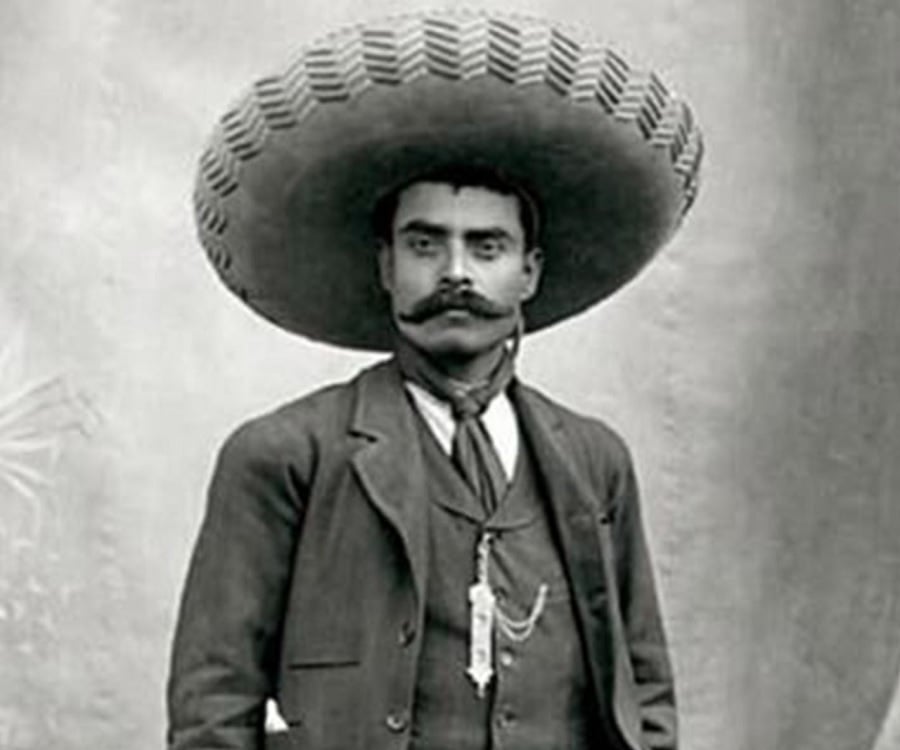Monroe Doctrine : was a U.S. foreign policy regarding European countries in 1823. It stated that further efforts by European nations to colonize land or interfere with states in North or South America would be viewed as acts of aggression, requiring U.S. intervention.

The Spanish–American War was a conflict fought between Spain and the United States in 1898.
 The Roosevelt Corollary was an addition to the Monroe Doctrine articulated by President Theodore Roosevelt in his State of the Union address in 1904 after the Venezuela Crisis of 1902–03.
The Roosevelt Corollary was an addition to the Monroe Doctrine articulated by President Theodore Roosevelt in his State of the Union address in 1904 after the Venezuela Crisis of 1902–03.
The Panama Canal is an artificial 48-mile waterway in Panama that connects the Atlantic Ocean with the Pacific Ocean. The canal cuts across the Isthmus of Panama and is a key conduit for international maritime trade.
Santa Ana is the county seat and second most populous city in Orange County, California. The United States Census Bureau estimated its 2011 population at 329,427, making Santa Ana the 57th most-populous city in the United States.
Benito Pablo Juárez García was a Mexican lawyer and politician of Zapotec origin from Oaxaca who served as the president of Mexico for five terms: 1858–1861 as interim, then 1861–1865, 1865–1867, 1867–1871 and 1871–1872 as constitutional president.

Francisco "Pancho" Villa was a Mexican Revolutionary general and one of the most prominent figures of the Mexican Revolution.
Emiliano Zapata Salazar was a leading figure in the Mexican Revolution, the main leader of the peasant revolution in the state of Morelos, and the inspiration of the agrarian movement called Zapatismo.





No comments:
Post a Comment